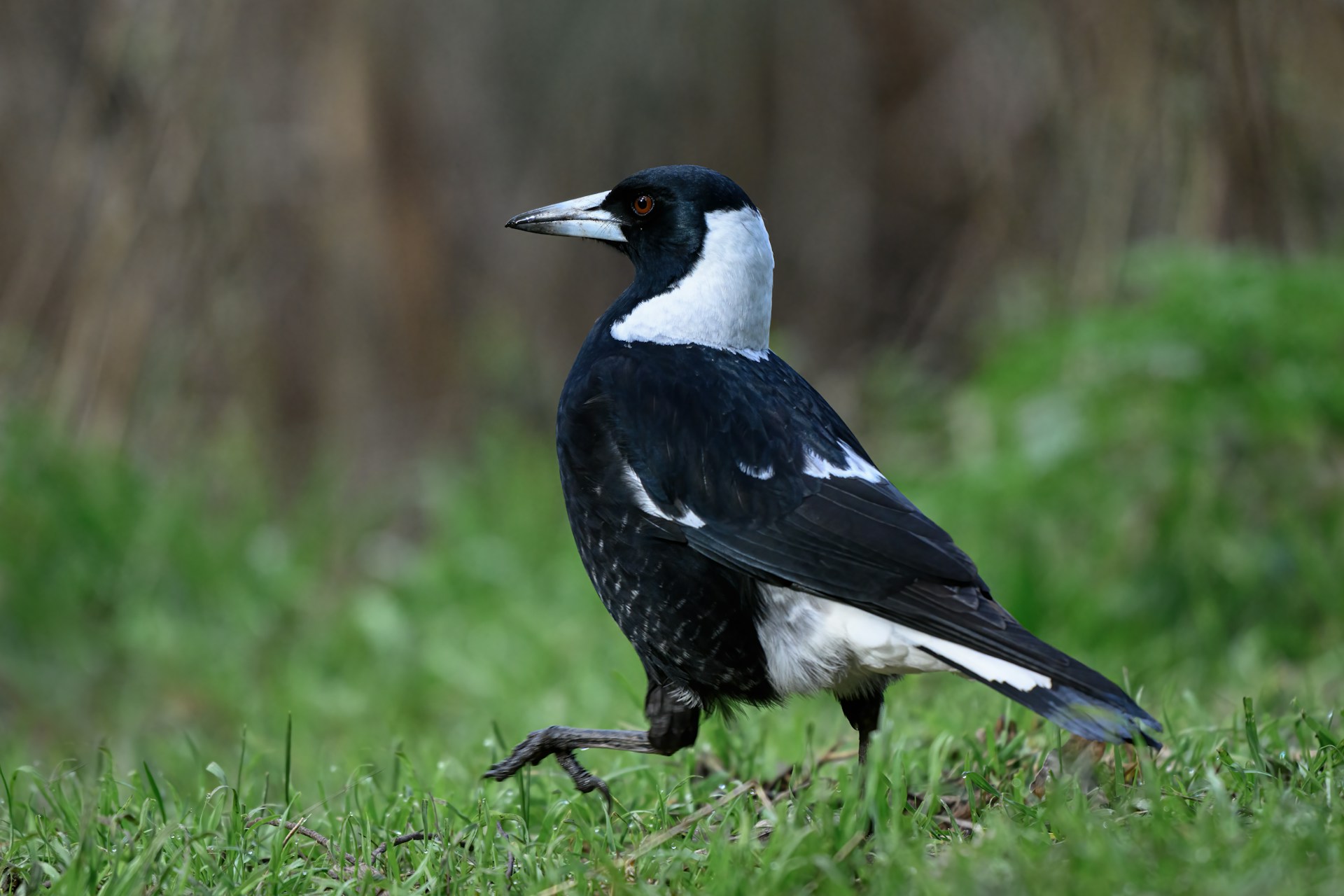News release
From:
Magpie ancestors lived in Aotearoa New Zealand 19 million years ago, new study finds
Magpies may be considered Aussie immigrants, but new research reveals that their relatives lived in Aotearoa New Zealand 19 million years ago.
Magpies were introduced from Australia in the 1860s and since then New Zealanders have developed a love-hate relationship with the sometimes aggressive bird.
Researchers – from Flinders University (Adelaide), the University of New South Wales (Sydney), Canterbury Museum and Te Whare Wānanga o Waitaha University of Canterbury – have spent more than two decades unearthing and analysing fossils discovered near St Bathans in Central Otago. They have now found enough fragments to describe a new species of currawong, which was an ancestor of the bird that menaces New
Zealand today.
The newly discovered bird, which the researchers have named the St Bathans Currawong, lived in New Zealand around 19 to 16 million years ago. It probably went extinct near the end of the Miocene, an era that ran from 20 million years ago to 5 million years ago. The ancient bird would have been about the same size as the Australian magpie found in New Zealand today but was probably all black.
Co-author and Canterbury Museum Senior Curator Natural History, Dr Paul Scofield, said the research, published today in the journal PalZ, challenges New Zealand views on the much-maligned magpie.
“We persecute the magpie as an Australian that has no place in the New Zealand ecosystem but its close relatives lived here in the past,’’ he says.
“We’ve probably been without a member of the magpie’s extended family for only 5 million years.”
Co-author and Flinders University Associate Professor Trevor Worthy says New Zealand’s ecosystem has changed dramatically over millions of years and harboured diverse species across different eras.
“There’s an idea that we should aim to return New Zealand to a pre-European ecological state,’’ he says.
“But at that point in time, New Zealand’s ecosystems had been changing continuously for millions of years. Aotearoa had lost much of the floral diversity formerly present by the time humans arrived. There were few fruiting tree species left and the loss of currawongs and other pigeons
reflects this.
“Other groups of plants and animals arrived from 2.6 million to 11,700 years ago. Many more have arrived since humans occupied the land. The pre-European ecological state of New Zealand is not necessarily any better or worse than any other time in the past. Instead, the fossil record suggests there was no utopian state and that we should celebrate the diversity we currently have.”
The St Bathans fossil site, which has been studied since 2001, was once at the bottom of a large prehistoric lake. It offers the only significant insight into Aotearoa‘s terrestrial wildlife from 16 to 19 million years ago.
Scofield says the work has revealed that New Zealand’s bird population in the Miocene era had surprisingly strong similarities to that of Australia today.
“During the Miocene, 20 to 5 million years ago, New Zealand was much different. Walking through a New Zealand forest from that era, you would have seen numerous eucalypts, laurels and Casuarina, much like you would in an Australian forest today.”
“The major thing that shaped the New Zealand we see today was the extinction of many plants and animals that thrived in warm climates after a period of rapid cooling that began about 13 million years ago.”
The distinctive call of the currawong would not have been the only birdsong you would hear in ancient New Zealand. Separate research led by Dr Vanesa De Pietri of Te Whare Wānanga o Waitaha University of Canterbury has found that the early Miocene New Zealand bush was alive with more birdsong than today. Analysis of songbird fossils found at St Bathans indicates there were probably many more different species of songbirds living in New Zealand 20 million years ago than just before humans arrived.



 Australia; New Zealand
Australia; New Zealand



